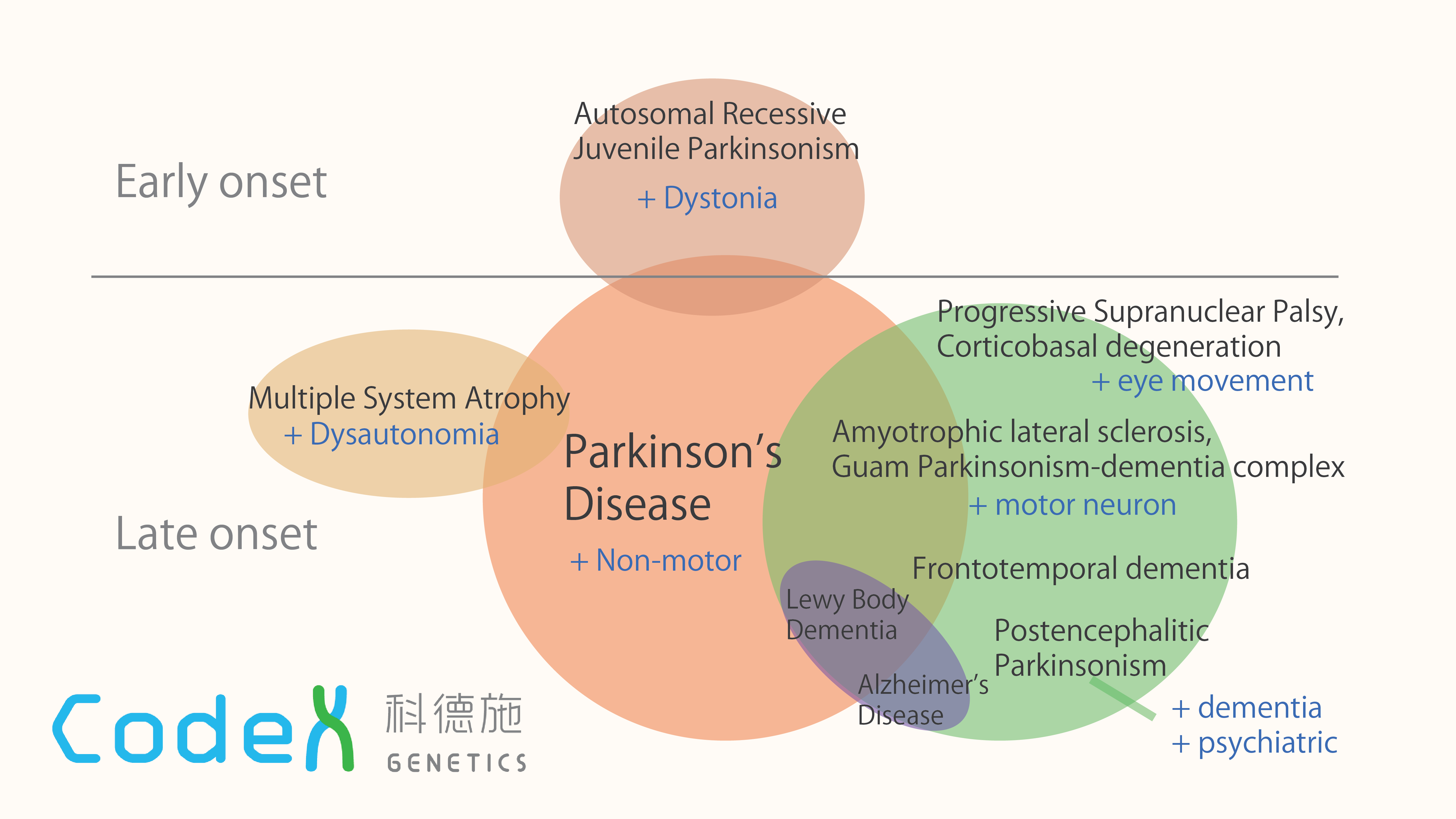What Is Parkinson's Disease?
Parkinson's disease is a chronic neurodegenerative disease. Its symptoms
include non-motor symptoms (such as autonomic dysfunction, sleep
disorders, and cognitive disorders) and core motor symptoms (namely
tremors, bradykinesia/slow movements, rigidity, and abnormal/unstable
gait and posture). These symptoms in Parkinson’s disease are due to a
loss of nerve cells in the brain, leading to insufficient dopamine
levels. Dopamine acts as a messenger for parts of the brain and nervous
system which help co-ordinate body movement; a lack of dopamine thus
means that certain parts of the brain cannot function as well as it
should, subsequently manifesting as the aforementioned symptoms.
What Is Parkinsonism?
Parkinsonism refers to the clinical syndrome characterized by the four
core motor symptoms (comprising of tremors, bradykinesia/slow movements,
rigidity, and abnormal/unstable gait and posture) typical of Parkinson’s
disease. However, Parkinsonism is an umbrella term which does not solely
apply to Parkinson's disease, as these motor symptoms can also present
in many disorders other than Parkinson’s disease. Examples of these
diseases include – but are not limited to – Lewy body dementia,
amyotrophic lateral sclerosis, frontotemporal dementia, and multiple
system atrophy.
Reference materials:
Zhang P, Chen Y, Zhang C, et al. Genetics of Parkinson’s disease and
related disorders. Journal of Medical Genetics 2018;55:73-80.











